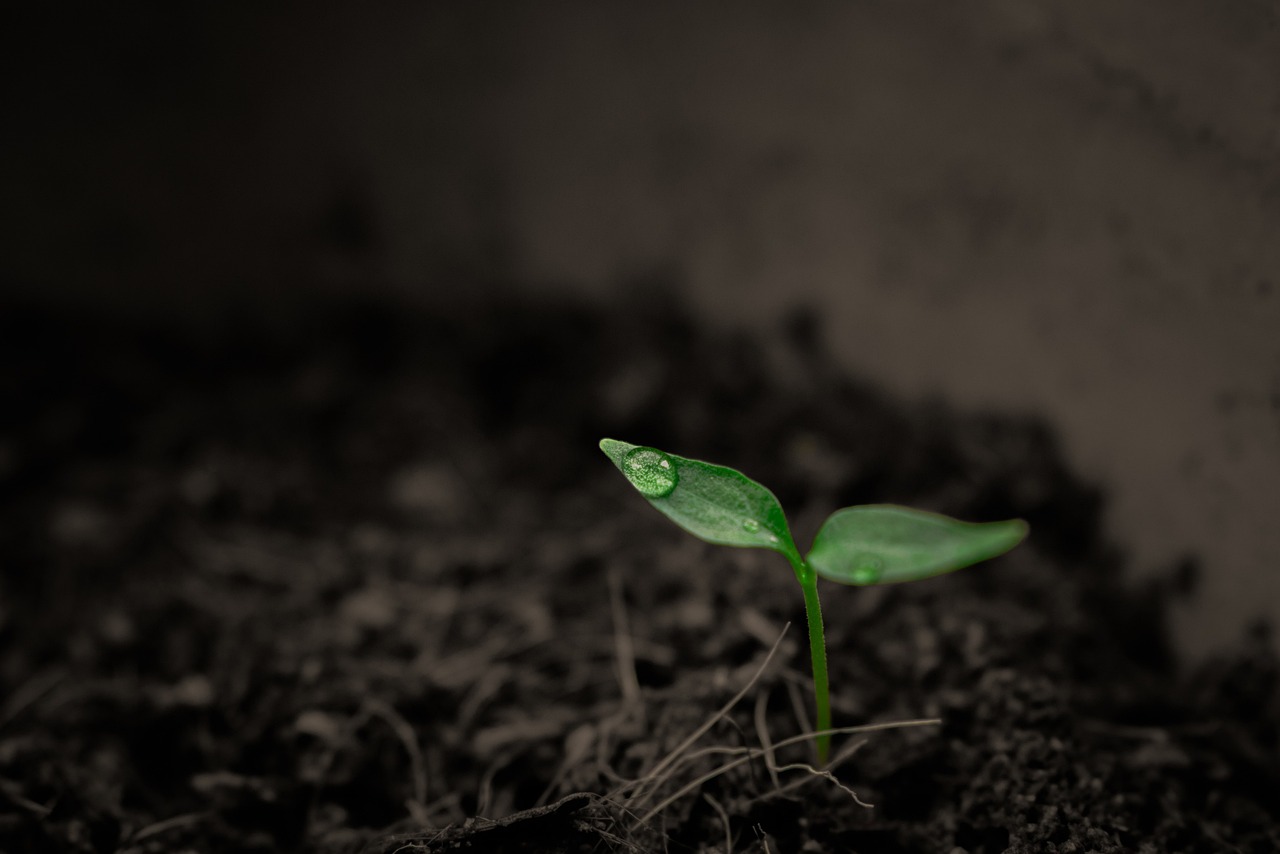Discussions around death and burials in daily life are quite rare and for good reason. But the rise in eco-friendly methods and practices in the U.S. over the past years cannot be ignored. After all, traditional burials were the predominant approach after death in the 19th century, but then cremation was legalized in 1876, and now approximately 59% of Americans choose it.
According to a 2022 National Funeral Directors Association survey, about 60% of Americans are interested in exploring “green” funeral options — an increase from 55.7% in 2021. It’s clear there’s rising demand for more eco-conscious arrangements, but there are various options for “green” burials, like human composting, being “turned” into a tree, and more.
Green Burials Vs. Traditional Methods
The different terms and types of eco-friendly approaches can be confusing, but “green burial” is the general term for most of the more specific or niche burials discussed. According to the Green Burial Council, the process is “a way of caring for the dead with minimal environmental impact that aids in the conservation of natural resources, reduction of carbon emissions, protection of worker health, and the restoration and/or preservation of habitat.”
Additionally, these practices use non-toxic and biodegradable materials for caskets, urns, or other burial-related objects.
Photo Courtesy PublicDomainPictures
The two predominant methods for the final disposition of a corpse in the U.S. are cremations and traditional burials. While cremations are less harmful to the environment than normal interments, both options take a harsh toll on the planet.
Embalming, the process of preserving a corpse, typically uses toxic chemicals like formaldehyde, which leak into the earth after burials. The wood used to make caskets in America consumes the equivalent of 4 million acres of forest every year!
Cremation uses fossil fuels to sustain the levels of heat required for the process, which releases carbon dioxide (CO2) into the atmosphere. A single cremation releases a similar amount of CO2 as a 609-mile journey by an average-sized car.
Human Composting
Photo Courtesy Recompose
Human composting is a type of “green burial” that allows human remains to be broken down by microbes and composted into soil. Recompose, a Seattle-based funeral home, led the push for a bill to make Washington the first state in the world to legalize human composting in 2019. Six states have followed since — Colorado, Oregon, Vermont, California, and recently New York.
There are other human composting startups like Recompose, and although each has its differences, the general process remains the same:
- The body is placed in a vessel or container (typically metal).
- Organic debris like wood chips and plants are added to the vessel, and the temperature and atmospheric conditions are set to speed up the microbial decomposition process.
- After four to six weeks — eight to 12 weeks for some companies — the body is now approximately one cubic yard of soil that can be removed from the vessel.
Tree Pods And Coral Reefs
Green burials are still in their infancy — 44 states have yet to legalize human composting, and 95% of Americans still choose cremation or traditional interments. However, some truly innovative and interesting methods are already in the works.
Transcend is a funeral home offering a tree burial service for humans and pets. Bodies are wrapped in biodegradable linens and placed in the soil in a particular grove.
Loved ones then select a tree sapling to be planted on top of the location, which they can visit days, years, or decades after.
Italian designers Raoul Bretzel and Anna Citelli created the Capsula Mundi (Latin for “world’s capsule”) in 2018. The egg-shaped, organic caskets are made with biodegradable plastic shells that break down once buried to release nutrients. The pair designed the capsules to be planted underneath saplings, creating tree-filled cemeteries full of new life.
Photo Courtesy Capsula Mundi
If trees aren’t your thing, there are even coral reef burial options. Eternal Reefs, a Florida-based charity, can transform human remains into “reef balls,” or designed artificial reefs, which are then added to real coral reefs. The charity’s method involves cremation, which, as mentioned before, isn’t very sustainable. However, the organization’s proceeds from turning people into “reef balls” go toward funding new artificial reefs, which is sustainable.
Concepts like human composting and turning people into reef balls can seem a bit absurd or even insensitive, especially when paired with the feelings surrounding death. But different people from different cultures from different periods and locations would probably feel the same about cremation and burials. These eco-friendly practices offer humans another way to reach a sustainable future, even after we are gone.





